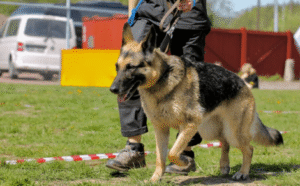
Welcome to your guide on dog aggression training Boise, created specifically for local dog owners facing behavior issues like growling, lunging, or guarding. Our friendly, professional team at About Us understands how stressful this can be. That’s why we’re here to help you every step of the way.
Why Dog Aggression Training in Boise Matters
Aggressive behavior in dogs isn’t just a nuisance—it can be dangerous. For example, if your dog is showing signs like growling, snapping, or stiff body language, you need a targeted approach. Unfortunately, doing nothing or hoping it goes away often makes the problem worse.
Common Signs Your Dog Needs Aggression Training
Here are behaviors that clearly tell you it’s time for professional help:
-
Growling or snarling
-
Baring teeth or snapping
-
Lunging at people, dogs, or animals
-
Stiff body posture, raised hackles, intense staring
-
Resource guarding (food, toys, or space)
These signs may appear suddenly. However, they can also build gradually over time. That’s why early attention matters.
Types of Aggressive Behavior in Boise Dogs
Fear‑Based Aggression in Dogs
In some cases, your dog may react out of fear rather than dominance. This can be due to a lack of socialization, past trauma, genetics, or even underlying health issues. Therefore, identifying the root cause is essential.
Resource Guarding and Possessive Behavior
This happens when a dog aggressively defends food, toys, or space. Often, this stems from early competition, anxiety, or poor boundaries. As a result, it can escalate without proper intervention.
Territorial Aggression and How Training Helps
Your dog may try to guard your home or yard. In this case, they may act aggressively toward unfamiliar people or animals. Consequently, guests or neighbors may feel unsafe.
For more insights on the causes of aggression, check out this guide from the AKC.
Effective Dog Aggression Training Boise Solutions
When you’re dealing with serious aggression, a standard class often isn’t enough. Instead, here’s what works best:
-
Immersive Training (Board & Train): Your dog stays with a trainer around the clock for 2–4 weeks. This approach removes distractions and speeds up behavior change.
-
In‑Home Training: For milder cases, a trainer works with you in your home to manage and correct the behavior where it happens most.
In fact, our immersive programs offer the most effective dog aggression training Boise has to offer—combining structure, safety, and consistent results.
During either option, we also teach foundational obedience (sit, stay, come), leash skills, and address unwanted behaviors like barking or jumping. As a result, you gain a calmer, more manageable dog.
Why Early Dog Behavior Training Is Crucial
Aggression won’t usually go away on its own—and it can escalate quickly. By acting early, you protect your dog’s quality of life, your family’s safety, and the comfort of your neighborhood. In addition, early training prevents bad habits from becoming permanent.
Want to take early steps on your own? Learn how to prevent aggression with these tips from the AKC.
Why Work With Us
Our approach delivers real results. Because we’ve worked with hundreds of aggressive dogs, we understand what it takes to turn things around. Additionally, we provide local insight and trusted professional guidance.
Have questions about your dog’s behavior? Contact Us to speak directly with a Boise-area trainer.
Ready to see real results? Board & Train and get your dog on the path to success.
FAQs
Q: How long does aggressive dog behavior training take?
A: It depends on the severity and type of aggression. Many dogs improve significantly in 2–4 weeks with immersive training. However, in‑home programs may take longer.
Q: Is it safe to train a dog with biting or lunging history?
A: Yes—but it must be managed carefully under professional supervision. For example, the trainer will assess risk and avoid triggering situations during sessions.
Q: Will the training just suppress the behavior temporarily?
A: No—our goal is long-term behavior change. As a result, your dog learns to replace aggressive reactions with calm, controlled responses.
Q: What causes my dog’s aggression?
A: Often, it’s one or more of the following: fear, lack of socialization, genetics, pain, resource guarding, or territorial behavior. Therefore, a full evaluation is essential.
Q: Can I handle this myself with free online videos?
A: While online tips can help with mild issues, serious aggression requires a structured program. Otherwise, you risk worsening the behavior or missing hidden causes.


